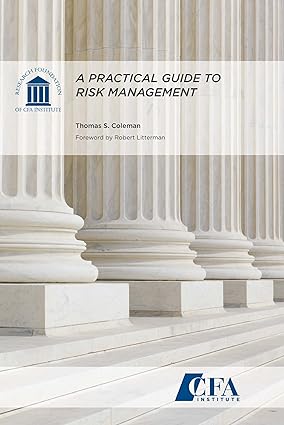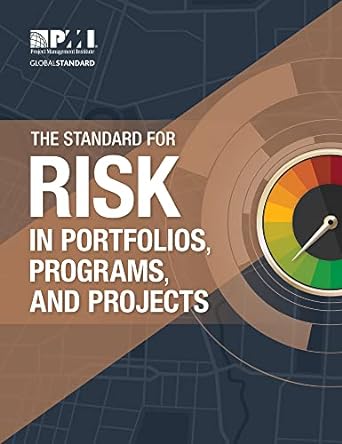
Risk management Examples and Strategies
Risk management is an important function in businesses, companies to identify which are not examples of risk management strategies. It covers several ways to recognize, assess, and reduce potential risks that may affect operational objectives. Organizations may protect their assets, reputation, and long-term viability in a volatile business climate by implementing effective risk management techniques.
Examples of Risk Management Strategies
Risk management is an important part of any organization’s operations since it entails recognizing, assessing, and minimizing any risks that may have an impact on achieving goals. There are several risk management tactics that firms can use to properly manage hazards. Below are some examples of risk management strategies:
1. Risk Avoidance:
- This strategy involves avoiding activities or situations that could lead to potential risks. For example, an organization may choose not to engage in high-risk ventures to prevent exposure to those risks.
2. Risk Reduction:
- Risk reduction aims to minimize the likelihood or impact of identified risks. Organizations can achieve this by implementing safety measures, redundancies, or diversifying resources.
3. Risk Transfer:
- Risk transfer involves shifting the responsibility for managing a particular risk to another party. This is commonly done through insurance policies or outsourcing certain activities to third parties.
- potential impact: This method is frequently employed for threats with minimal probability and impact.
4. Contingency Planning:
- Contingency planning entails devising alternative courses of action that can be carried out if a danger arises. This guarantees that the company is ready to respond appropriately if an undesirable occurrence occurs.
5. Risk Monitoring and Review:
- Effective risk management requires regular monitoring and review of hazards. Organizations can change their strategies by regularly monitoring and reevaluating risks.
6. Scenario Analysis:
- Scenario analysis entails generating hypothetical scenarios to determine how various events may affect the company. This aids in spotting potential hazards and devising effective responses.
7. Crisis Management:
- Crisis management solutions are critical for dealing with unanticipated events that jeopardize an organization’s operations or reputation. A well-defined crisis management plan can help to reduce the impact of such incidents.
8. Business Continuity Planning:
- Business continuity planning ensures that important business processes can continue even in the event of a disruption or tragedy. This includes designing recovery plans and backup systems.
9. Enterprise Risk Management (ERM):
- ERM is a comprehensive method for managing all forms of hazards throughout a business. It incorporates risk management into strategic decision-making processes at all levels.
which is not an example of a risk management strategy?
- Enterprise Risk Management (ERM): is not an example of a risk management strategy.
Which is not an IT Risk Management Strategy?
- Procrastination: Procrastination is not an IT risk management strategy as delaying addressing IT-related risks can lead to increased vulnerabilities and potential security breaches.
Another ones that Are Not Risk Management Strategies?
- Risk Ignorance: Ignoring risks and failing to address them is not a valid risk management option as it leaves the organization vulnerable to potential threats without any mitigation plans in place.
- Identifying, evaluating, and effectively managing risks: is the goal of risk management; it does not aim to eliminate hazards to accomplish organizational goals while limiting adverse effects.
- Complacency and Denial: Complacency (being overly confident in existing controls) and denial (ignoring or downplaying risks) are not effective risk management strategies as they do not address potential threats proactively.
- Guesswork: Guesswork or making decisions based on assumptions without proper analysis or data is not considered a valid risk management activity as it lacks evidence-based decision-making.
Which Are Included in a Risk Management Plan?
- A comprehensive risk management plan typically includes risk identification, assessment, prioritization, mitigation strategies, monitoring mechanisms, communication protocols, and contingency plans.
How Many Risk Management Strategies Are There?
- Organizations can choose from a wide range of risk management approaches based on their specific needs and goals. The effectiveness of these techniques is determined by how well they complement the organization’s risk appetite and tolerance levels.
In conclusion, effective risk management is not merely about finding which are not examples of risk management strategies or eliminating risks altogether but rather about making informed decisions to manage them responsibly. By employing a combination of strategies such as risk avoidance, reduction, transfer, and contingency planning, organizations can proactively navigate uncertainties and capitalize on opportunities while minimizing potential negative impacts. Ultimately, a robust risk management framework enables organizations to foster resilience, sustain growth, and achieve long-term success amidst evolving challenges.








